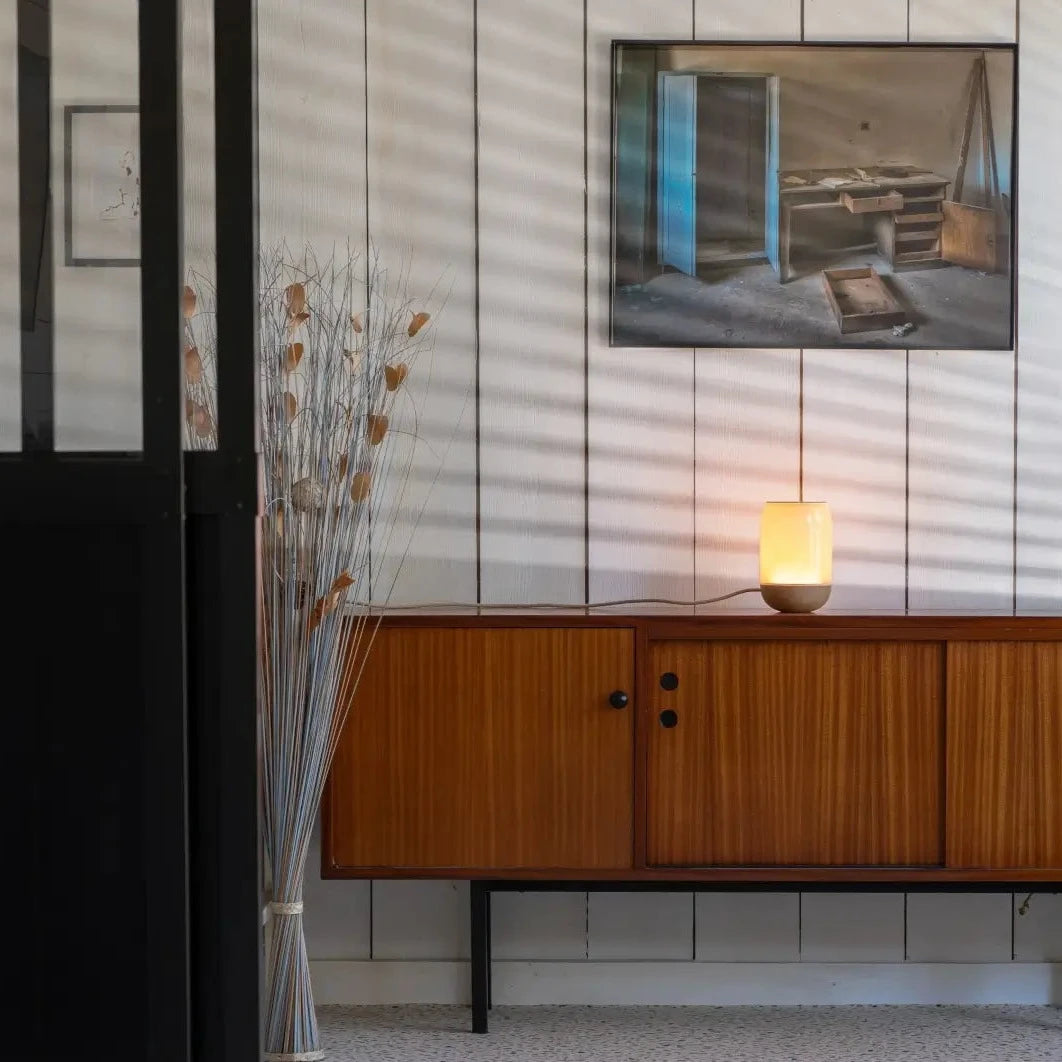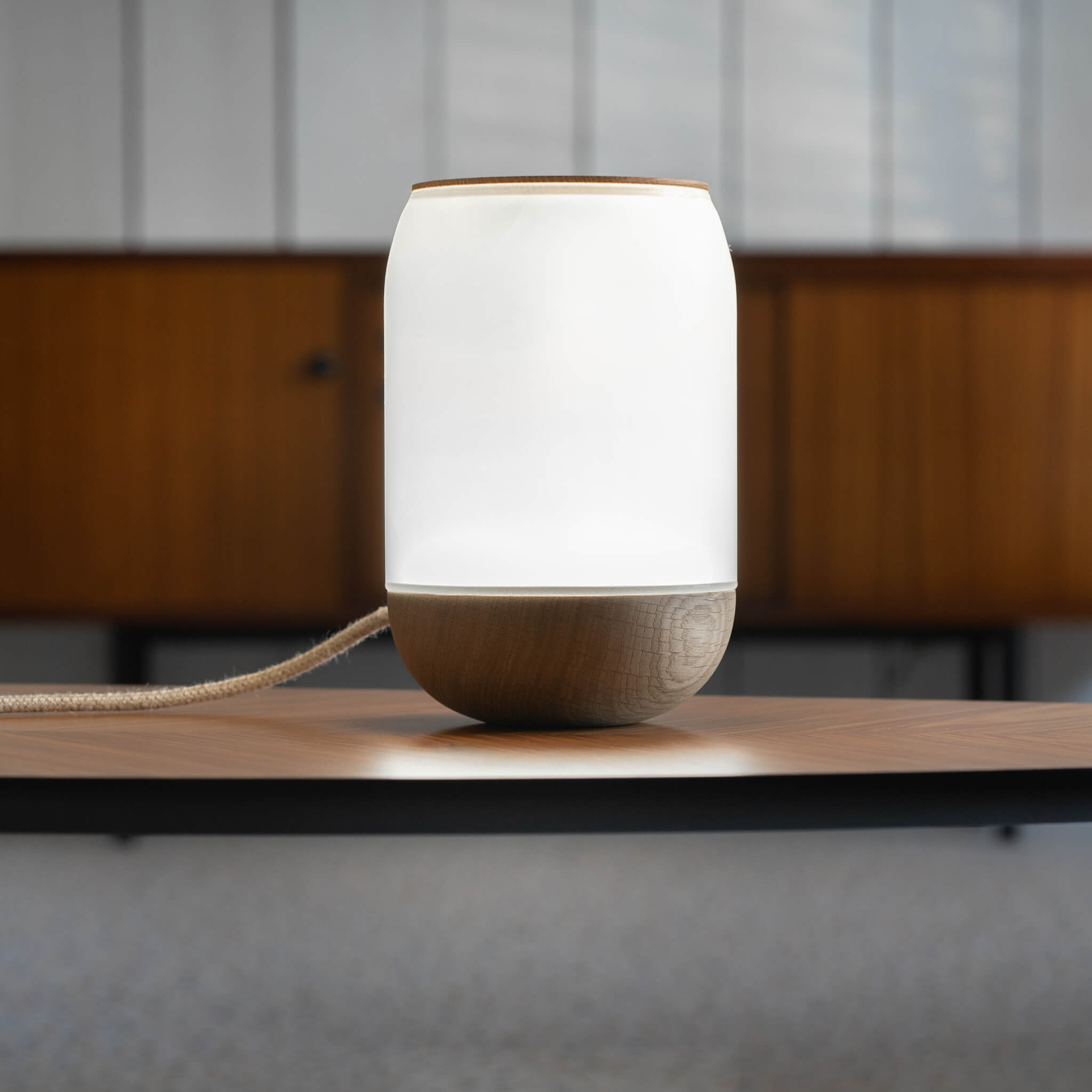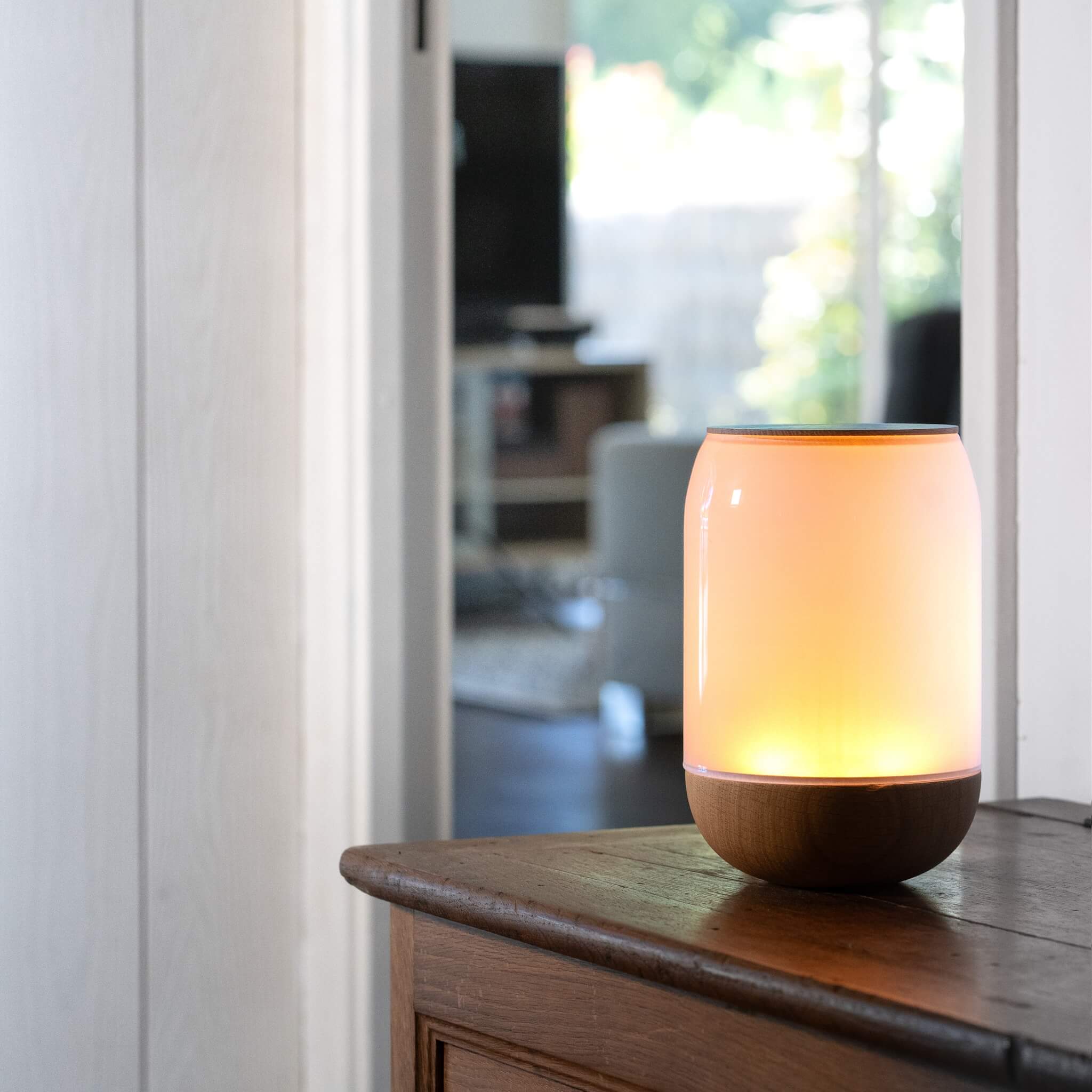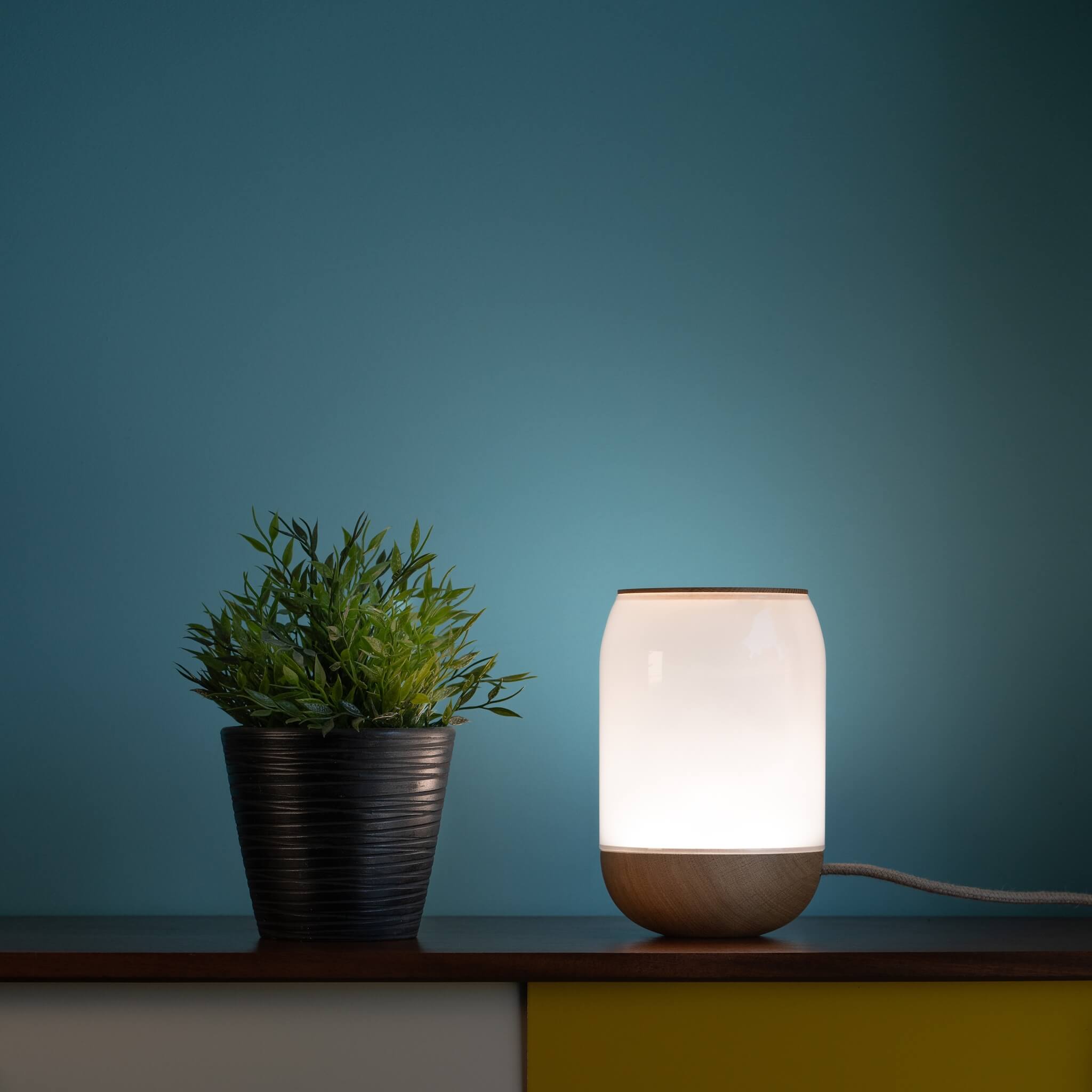Introduction to light therapy
Light therapy, also known as phototherapy, is a method used to compensate for the lack of natural light, particularly in treating disorders associated with seasonal affective disorder (SAD) or seasonal depression. Thanks to a bulb diffusing white light of high luminous intensity, comparable to that of the sun's rays, light therapy can prove to be a valuable tool for improving the well-being and productivity of employees in a professional setting, like in the office.
The crucial role of natural light for human health
Imagine Sara, a graphic designer, who starts her work day early in the morning, often before sunrise. Her workspace is located in a building in the heart of the city, with little access to natural light. As the weeks go by, Sara notices a decrease in her productivity and concentration and feels more tired. This drop in morale, called “winter blues,” is the result of a lack of natural light. Without direct exposure to full-spectrum light, such as that emitted by a dawn simulator, one's body and hormones do not function properly, hindering one's well-being and maximum productivity.
The importance of light therapy in the office

The impacts of light therapy on productivity
After integrating a light therapy lamp into her workspace, Sara noticed a noticeable revitalization of her energy. This dawn simulator made her feel less exhausted and more focused, leading to a marked improvement in her productivity. In addition, this new light source seemed to stimulate his creativity, a significant advantage for his role as a graphic designer.
Light therapy, by mimicking natural daylight, plays a crucial role in maintaining the balance of our circadian rhythm. This natural regulation promotes better concentration, increased alertness and optimized efficiency. It is as effective a solution as coffee for alertness and energy, but without the risks associated with excessive caffeine consumption.
The impacts of light therapy on well-being
Beyond the productivity aspect, Sara has also noticed an improvement in her general well-being thanks to light therapy. She feels less stressed, her mood is more stable and her quality of sleep has improved. By providing exposure to light, particularly blue light in the morning, light therapy can have significant beneficial effects on morale and general well-being. It can help reduce anxiety and stress, improve mood and promote better sleep.
Additionally, light therapy has been shown to help boost the production of vitamin D and serotonin, two key elements for the immune system. Thus, the use of light therapy can potentially lead to fewer sick days, as employees are generally more resilient to common illnesses like colds or flu. By combining improved productivity and improved health, light therapy presents itself as a win-win solution for employees and employers.
How to integrate light therapy into the office
Light therapy lamps
Light therapy in the office can be implemented in several ways, including through the use of specific devices such as light therapy lamps. These lamps produce intense light that mimics natural sunlight. Sara chose a circadian lamp to place on her desk. She turns it on in the morning to start her work day, the lamp calibrating its brightness according to her needs, and she uses it passively throughout the day.
Good usage practices
To maximize the benefits of light therapy, it is recommended to use the lamp at least in the morning, to help wake up the body and mind. It is also essential to maintain a certain distance from the lamp, generally between 50 cm and 1 m.
Studies and research on light therapy in the office
Several studies have been conducted on the effects of light therapy in the workplace. For example, a study published in the Journal of Environmental Psychology in 2018 found that exposure to daylight in the office improves job satisfaction, intention to stay with the company, and overall employee well-being . Most of these studies showed an average increase in employee productivity of between 10 and 25%.
Conclusion and future outlook
Light therapy can be a great way to improve well-being and productivity in the office. By mimicking natural sunlight, it can help regulate the internal body clock and improve overall well-being. So, what are you waiting for to use light therapy in your workspace?
















Leave a comment
All comments are moderated before being published.
This site is protected by hCaptcha and the hCaptcha Privacy Policy and Terms of Service apply.